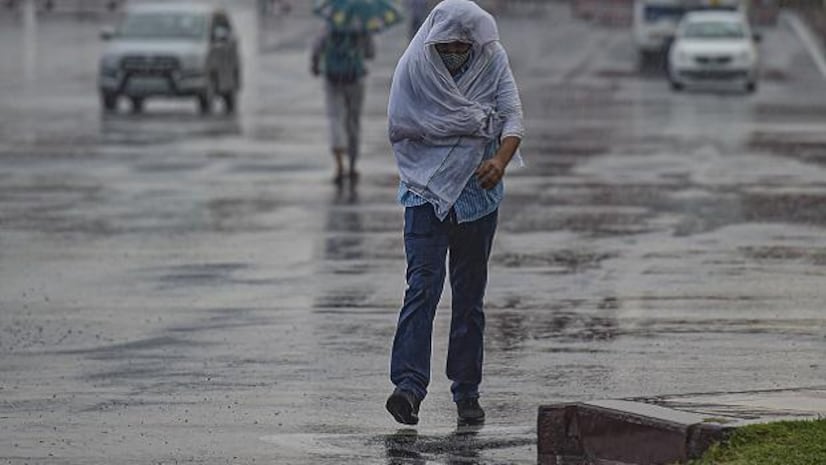
Many worldwide weather models have predicted that La Niña will probably form around September or later. La Niña is known to favour rainfall during India’s monsoon season.
Several global weather forecasts have predicted a delayed appearance of La Niña, which is the equatorial Pacific Ocean’s cyclical decrease of the ocean surface temperature. Although they had previously anticipated La Niña to arrive in July, the most recent data indicates that it will arrive in September or later.
One of the three phases of the El Nino Southern Oscillation, the climate pattern is known to promote rainfall during India’s monsoon season (ENSO).
The delayed development of La Niña has been confirmed by the National Oceanic and Atmospheric Administration (NOAA). The ENSO neutral towards La Niña is predicted to occur between August and October, as indicated by a shift from neutral to positive sea surface temperature. The US-based agency forecast that La Niña conditions would manifest from September to November in its ENSO bulletin dated July 11. In that scenario, the northern hemisphere would experience these conditions all winter long.
In its latest ENSO forecast report, the Australian Bureau of Meteorology (BoM) has also maintained the La Niña ‘watch’ stage and predicted the appearance of cooler-than-usual sea surface conditions over the equatorial Pacific Ocean in the latter part of this year. Additionally, it stated that from April to June of this year, global sea surface temperatures reached a record high.
The Indian National Centre for Ocean Information Services (INCOIS), located in Hyderabad, stated in its July 5 prediction that ENSO neutral conditions will persist until September of this year, at which point there was a likelihood of La Niña.
Will it impact the Indian monsoon?
The India Meteorological Department (IMD) has predicted “above” normal rainfall from June to September of this year.
It is anticipated that the seasonal rainfall would be 106% of the 880 mm Long Period Average (1971–2020 statistics). The country is predicted to continue seeing extensive rainfall over the following ten days, making July’s rainfall appear good. Almost 70% of the nation’s seasonal rainfall falls in July and August.
Scientists do not believe there is any reason to be concerned, even if La Niña conditions appear by September.
